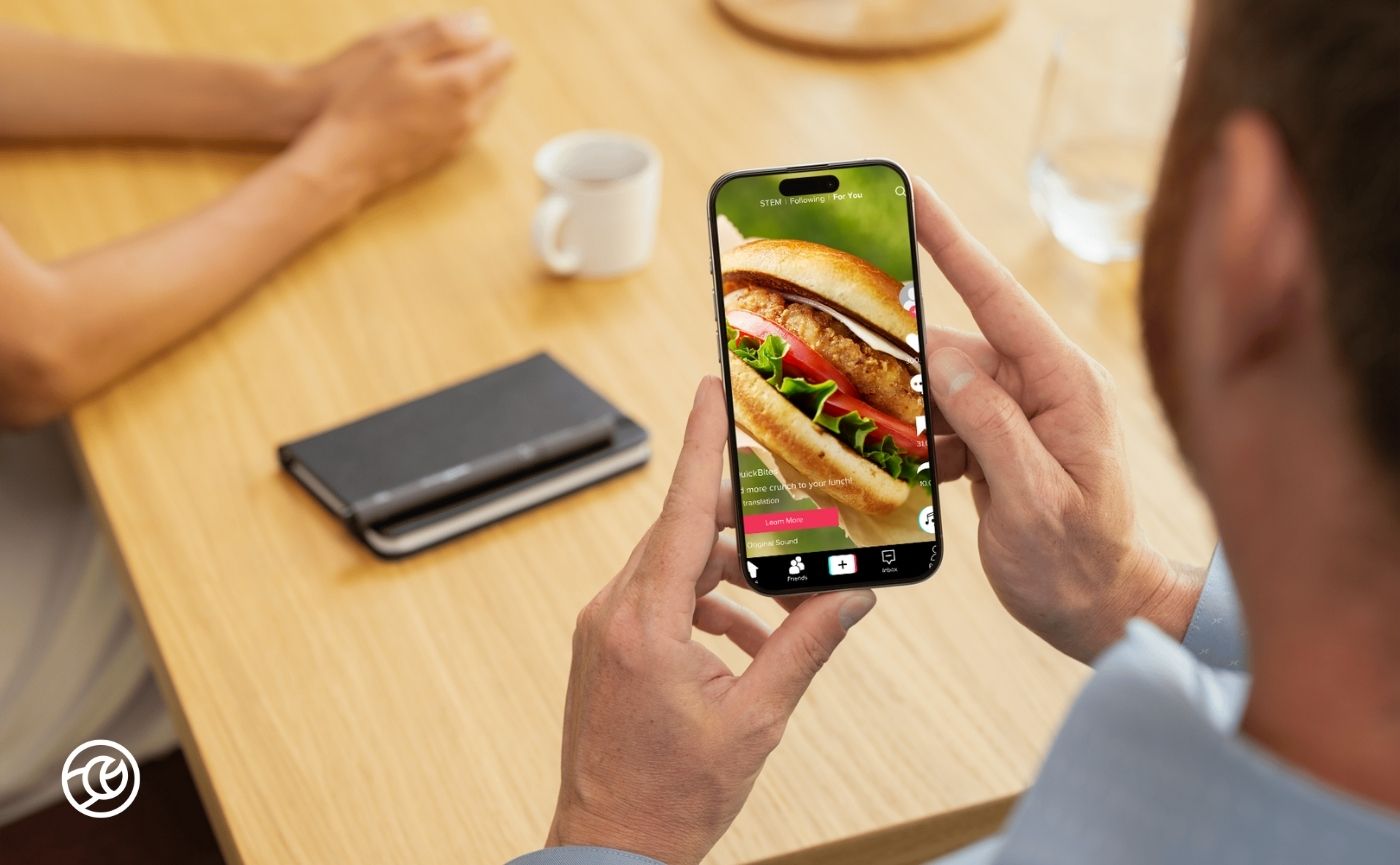Does Proximity-based Advertising Matter in a COVID World?
People may be moving physically less, but proximity still matters. Even when transacting digitally, consumers prefer to purchase from businesses that are closest to them. Whether for love of local businesses, the fastest shipping time, or their own familiarity with their neighborhood.
With COVID continuing to force businesses and consumers to evolve their habits, brands are at peak desire to reach consumers in new and innovative ways. While some brands have begun to adjust their purchase path to be more direct-to-consumer, consumers still demand the flexibility to purchase when, where, and how they choose. Even though COVID fast-forwarded eCommerce adoption and usage, the four-year predicted path of this growth shows 4 out of 5 consumers will still shop brick and mortar stores.

Proximity matters. According to a survey from ZypMedia addressing consumer habits during COVID-19, 53% of consumers said they would rather shop from a local business than a national chain. The two main reasons the consumers had for shopping locally was so they could support their community and their economy. 68% of consumers who said they have preferred local shopping during the pandemic, said they would continue to shop from community shops once the pandemic is over.
Consumers want to shop locally so they can support their brick and mortar neighborhood shops now and in the future, yet consumers still need a place to buy recognizable, brand-name products.
It’s important for local businesses to capitalize on proximity-based marketing strategies to show how their business is dynamic and able to meet consumers’ pandemic needs and post-pandemic needs. Consumers appreciated the shops and restaurants offering free delivery (57%) and contactless/curbside pick-up (56%) to accommodate different shelter-in-place orders.
Consumers Want Trusted Brands, but Want to Shop Close to Home
Clearly shopping locally is not going to stop once the pandemic is over, so how can brands support small businesses, while still driving sales and awareness for their products? Collaborative social advertising is your answer.
Local social advertising works because it addresses the crucial need to connect a brand’s capabilities and creative quality to their channel partners. By pairing brands with their channel partners, they can build scaled advertising campaigns that use brand quality creative to highlight their products alongside relevant local details like curbside pick-up options to drive foot traffic for channel partners, with campaigns run straight from the channel partner’s Facebook Business Page. Local advertising provides the ability to deliver better performing, cost-effective scaled social campaigns that will increase consumer awareness of the brand, encourage product consumption, and drive more sales for the local channel partner. Local social ads are also more cost effective than national branding campaigns because they offer a lower cost of advertising, drive sales, and foster consumer engagement.
Here’s an example of a consumer products campaign that uses Tiger Pistol’s technology to create high-performing local social advertising ads that benefit the brand, the channel partner and the consumers.

Yes, this collaborative approach is a new way of thinking about extending a brand through social channels. Perhaps it’s best we look to our own lives. When was the last time you bought something without consulting peers or reviews? Or considered buying a new product without initially knowing where you can buy it? It’s in our nature to prefer businesses within our community and personal networks. These are all questions that social was built to answer for brands, and by extension, consumers.
Discover how Tiger Pistol can power your local advertising success.
Related Posts
Are You Leveraging Reels and TikTok Effectively for Your Brand?
Understanding the distinct landscapes of Reels (spanning Facebook and Instagram) and TikTok is vital. Each platform offers unique opportunities and considerations for vertical video ads. By comparing them side-by-side, we aim to equip you with the knowledge to use these publishers effectively, tailoring your strategy to harness the strengths of each. Audience:
Will TikTok Be Banned? Marketers Can’t Afford to Wait and See
The clock is ticking on TikTok. If the platform isn’t sold to an approved U.S. buyer by April 5, 2025, federal legislation will trigger a nationwide ban. Yet, even that deadline is hazy. President Trump delayed enforcement once before, and who can say he won’t do it again? The only thing marketers can count on […]
How AI Sets the Stage for Localized Creative at Franchise Scale
Meta’s AI is advancing quickly. Targeting becomes more automated each month, enabling campaigns to reach the right people with less human intervention. For franchises, this creates new efficiencies. Yet the real test lies elsewhere. Creative remains the fulcrum. When ads drift from the brand or fail to echo the local community, franchisees hesitate to engage,
Amazon Sponsored Display: It’s Affordable for Your Local Business Partners
Amazon Sponsored Display offers a cost-effective entry point into the world of digital advertising, making it a versatile tool for businesses of any size. There’s no need to worry about high spending thresholds – local business partners, franchisees, or SMB customers can get started with any budget that fits their needs. By setting a maximum […





